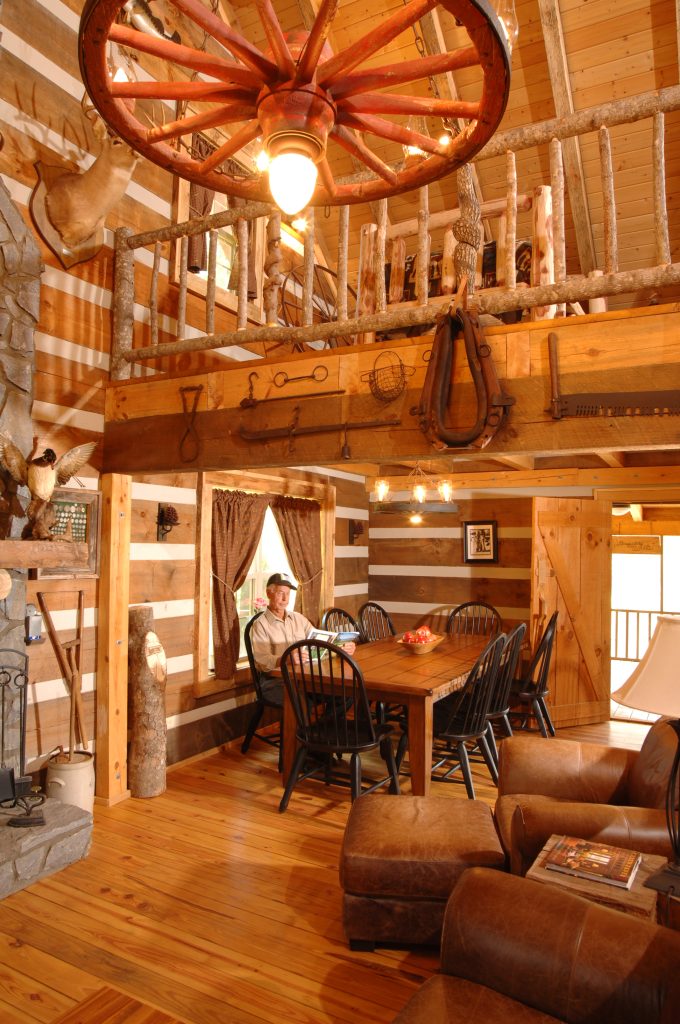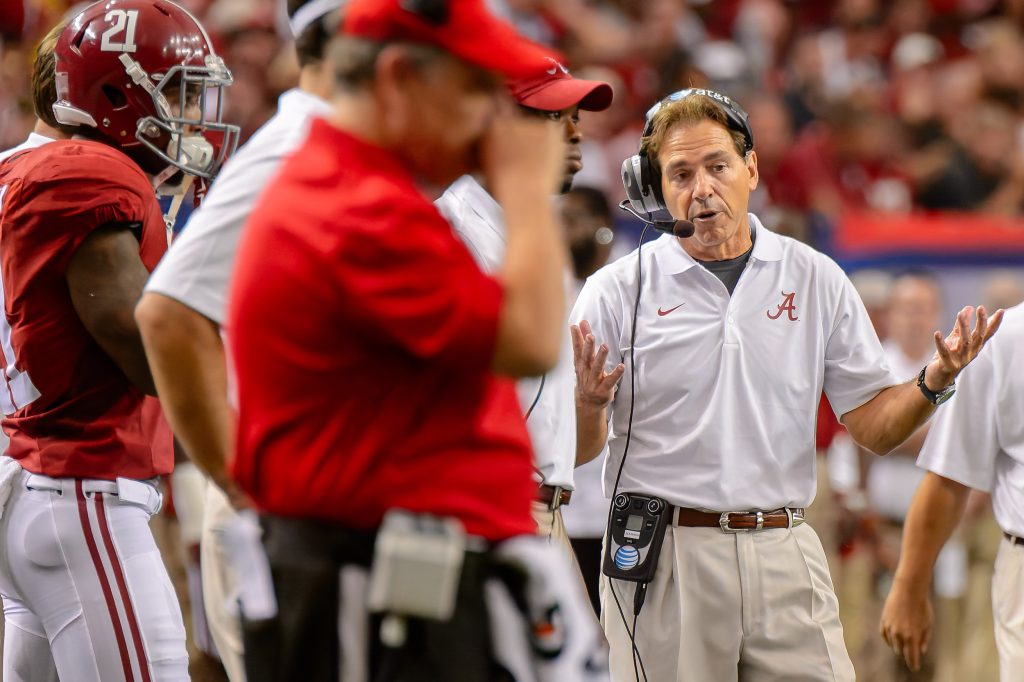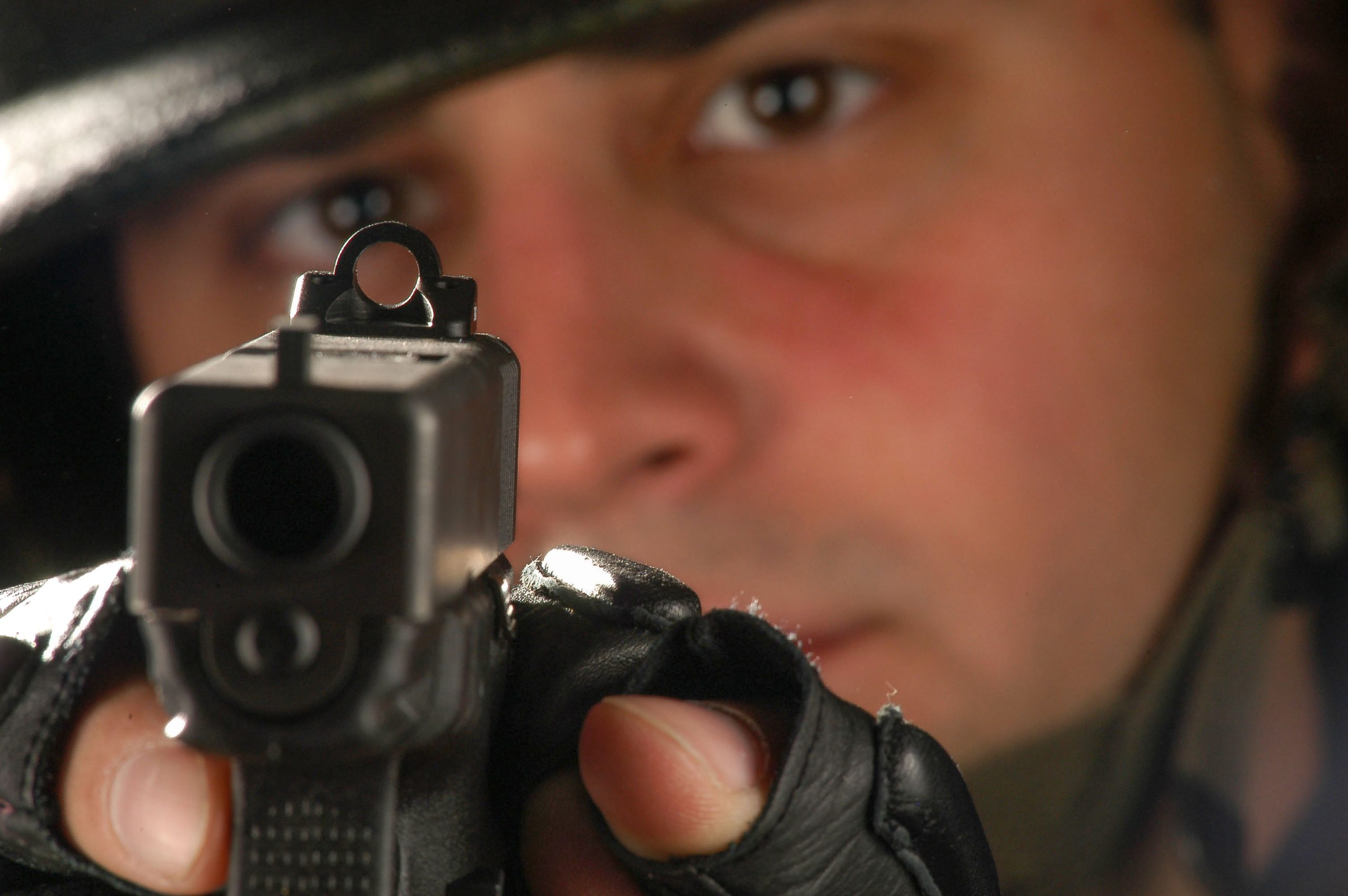[NIKON D100, 120-300mm ƒ/2.8, ISO 100, 1/160, ƒ/22]
As a professional photographer and storyteller, I often discuss the intricacies of photography with clients and enthusiasts. One key concept that significantly impacts composition is depth-of-field (DoF). Understanding how to manipulate DoF through your camera’s aperture can elevate your photos, whether isolating a subject or capturing a detailed scene. Let’s dive into how DoF influences composition and explore some practical applications across different genres of photography.
Shallow Depth-of-Field
A shallow DoF means that only a tiny portion of the image is in sharp focus while the rest is beautifully blurred. Achieving this effect involves using a wide aperture between f/1.4 and f/2.8. Here’s how a shallow DoF can enhance your compositions:
- Subject Isolation:
- Focus on the Subject: By blurring the background and foreground, you can isolate the subject, drawing the viewer’s eye directly to it. This technique is particularly effective in portrait photography, where you want to emphasize the person and minimize distractions.
- Creating Mood: A shallow DoF can create a dreamy, intimate, or dramatic feel, enhancing the emotional impact of the image.
- Bokeh:
- Aesthetic Appeal: The out-of-focus areas can produce a pleasing blur, known as bokeh, adding an artistic element to your photo. The bokeh quality depends on the lens and the shape of the aperture blades.
- Simplifying the Composition:
- Minimalism: By reducing the elements in sharp focus, you can simplify the scene, making the composition cleaner and more impactful.

Deep Depth-of-Field
Conversely, a deep DoF means that a larger portion of the image, from foreground to background, is in sharp focus. This effect is achieved using a smaller aperture, such as f/8 to f/22. Here’s how a deep DoF can enhance your compositions:
- Environmental Context:
- Storytelling: When you want to tell a story by including the background and surroundings, a deep DoF ensures that all elements in the scene are in focus. This approach is common in landscape, architectural, and street photography.
- Detail Capture: Capturing intricate details throughout the scene can add richness and context, enhancing the narrative.
- Layering and Depth:
- Complex Compositions: A deep DoF allows you to create complex compositions with multiple layers of interest, leading to more dynamic and engaging images as the viewer’s eye moves through the different elements.
- Perspective: Emphasizing the depth and perspective of a scene can make the viewer feel more immersed in the image.
Practical Considerations
- Aperture and Light: A wider aperture allows more light into the camera, which is useful in low-light situations but can make achieving a deep DoF challenging without increasing ISO or using a slower shutter speed.
- Lens Choice: Wide-angle lenses naturally provide a deeper DoF, while telephoto lenses can more easily achieve a shallower DoF.
- Subject Distance: The closer you are to the subject, the shallower the DoF becomes. Conversely, increasing the distance between the camera and the subject deepens the DoF.

Creative Uses
- Portraits: Use shallow DoF to highlight the subject’s eyes and create a soft background.
- Landscapes: Use deep DoF to ensure the foreground and background are sharp, capturing the entire scene in detail.
- Macro Photography: Often uses extremely shallow DoF to focus on small subjects and create artistic effects.
Real-World Application: Architectural and Design Photography
Recently, I received an assignment from an architectural and design magazine. They were very specific about their requirements, emphasizing the need for deep depth-of-field in every photo. They instructed me to shoot at f/16 or f/22 to ensure all elements, from the intricate details of the architecture to the expansive backgrounds, were in sharp focus. This approach helps capture the full context and grandeur of architectural designs, allowing readers to appreciate the finer details and overall aesthetic of the spaces featured in the magazine.

Genre-Specific Preferences
It’s important to note that different genres of photography have distinct DoF preferences. For instance, a shallow DoF is often preferred in sports and portrait photography. In sports photography, a wide aperture can help isolate athletes from distracting backgrounds, highlighting their movements and expressions. In portrait photography, a shallow DoF creates a pleasing blur that draws attention to the subject’s face and eyes, creating an intimate and engaging image.
Understanding and manipulating depth-of-field allows you to control what parts of your image are in focus, guiding the viewer’s attention and enhancing the storytelling power of your photographs. Whether aiming for a sharp, detailed scene or a soft, focused subject with a dreamy background, mastering DoF is essential for effective composition.
By honing your skills in managing depth-of-field, you can adapt to various photography genres and meet specific client requirements while creating visually compelling and emotionally resonant images.

